Plectrantus belongs to perennial indoor plants and is part of the Yasnotkov family. The subtropical climate of Latin America, Australia and Africa is considered native to the flower. Often you can find in our country, and other names of this plant - "indoor mint" or "sporiculture".
Plectranthus care at home is quite simple, and the flower itself is very beautiful - in the photo you can see how effective it is. Florists appreciate mint for their high decorative qualities, unpretentiousness, as well as a fairly fast growth rate. There are several varieties of plectrantus that feel great in apartments and houses, each of them is attractive in its own way. The plant propagates well by cuttings, quickly grows foliage, so in a short period of time you can create a whole home greenhouse from room mint.
Content
Plectrantus characteristics, plant species and varieties
Mint is an evergreen shrub, the height of which varies within 70 cm. Branched shoots, depending on the species, spread along the ground or form in an upright position. The root system is fibrous and is closer to the surface. The stems of the flower are either covered with down, or bare, and their surface is covered with a rich green or reddish skin.
On short petioles, opposite leaves are formed, which grow in pairs. The ovoid or oval leaf is quite fleshy, and is sometimes naked or covered with dense pubescence. Foliage around the edges forms small denticles, and the surface is covered with veins or a colorful pattern.
Today, several varieties and types of plectrantus are available for growing a house, so each grower will be able to choose the most suitable plant for himself in advance.
Plectranthus coleus
Coleus plectrantus is an erect shrub whose height does not exceed 1 m. Shiny foliage has an egg-shaped shape. Petioles and tetrahedral shoots are covered with pubescence. Green leaves are serrated at the edges. White spots or neat stripes are clearly visible on the surface.
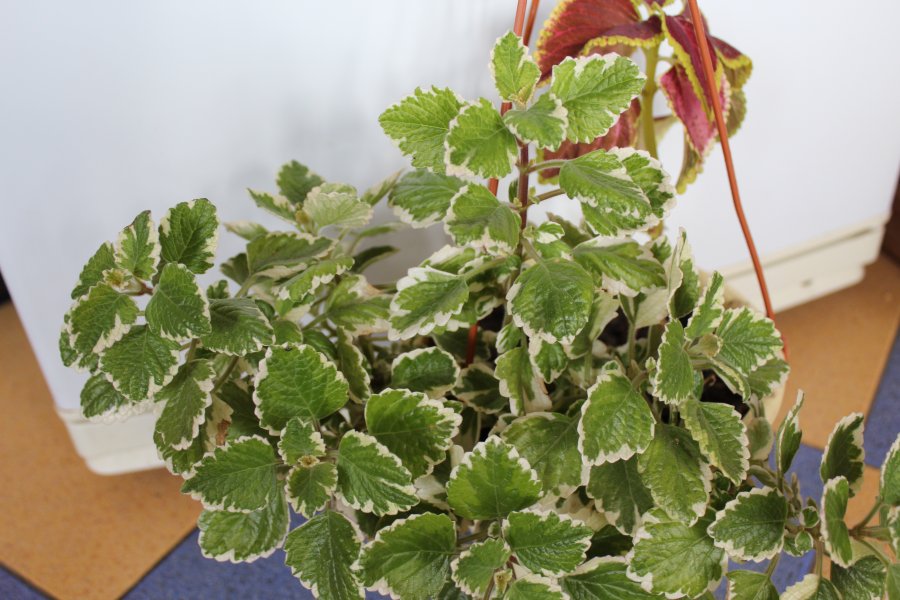
The stems of the plant are colored red-pink. This variety is very often used as ampel landscaping of loggias, balconies and windows.
Mona Lavender
This variety is a hybrid that was bred by breeders in the late 90s. A distinctive feature of the Monect Lavender plectrant is beautiful lavender inflorescences, which are clearly visible in the photo.
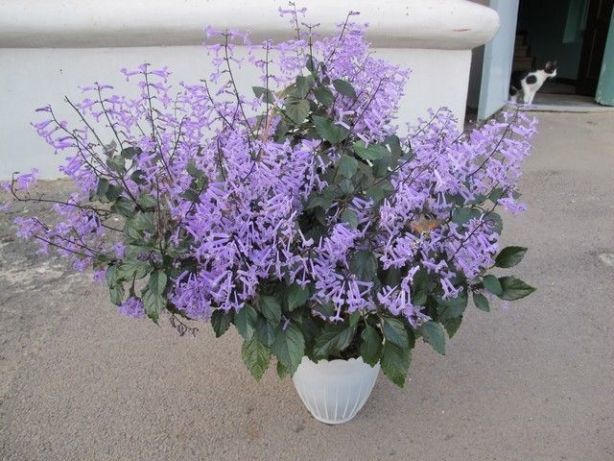
The plant is characterized by dark green leaves, which are colored purple from the underside. On small flowers, you can notice small dots that create an intricate pattern. The hybrid is well formed and grows quite quickly.
Ertendahl
This plectrantus may be represented by a shrub or herbaceous plant. Creeping shoots grow up to 40 cm. Oppositely located leaves of small sizes have a rounded shape. The inner side of the sheet is painted in a reddish tint and has pubescence.

The surface of the foliage is green with white veins, and the edges of the leaflets are urban.The flowers are small, collected in rare inflorescences of a brush-like shape. White inflorescences grow to a height of about 30 cm. One bell of white or light purple color can reach 1.5 cm in length.
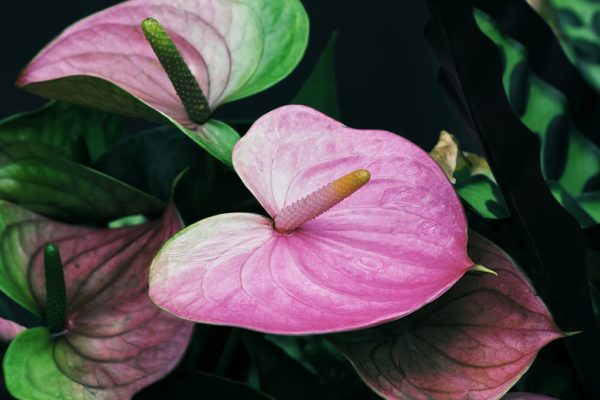 You may be interested in:
You may be interested in:Dubolistny
This variety got its name due to foliage, the shape of which resembles oak leaves. On upright shoots, dark green leathery leaves are formed. The surface of the leafy part is covered with a small silvery pile.
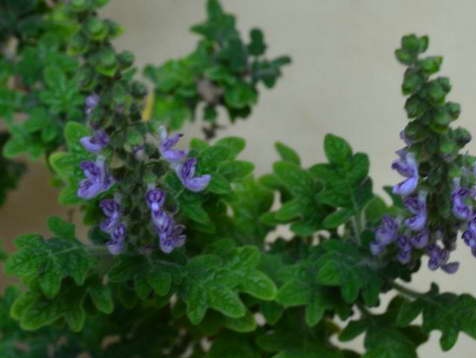
A distinctive feature of the plant is the coniferous odor that appears when leaves are damaged or rubbed. Massive inflorescences of blue color bloom from the bottom up. On the petals you can see a complex pattern consisting of purple stripes.
Whorled
This variety is very popular in the countries of Scandinavia, where the plant is commonly called "Swedish ivy". The flower is characterized by rather long flowing stems, on which glossy green leaves with serrated edges are formed.
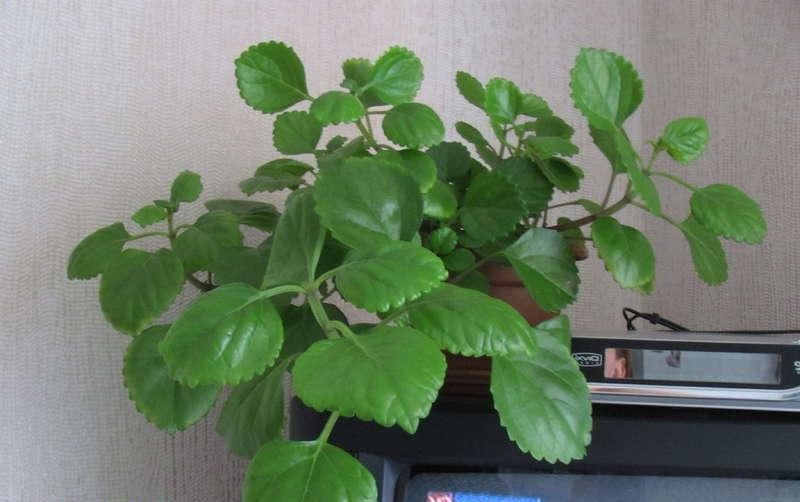
The surface is smooth, without lint. Young petioles are colored green, and the stems and petioles of older leaves are purple in color.
Rules for the care of plectrant at home
Despite the fact that homemade mint belongs to tropical plants, it is quite unpretentious in care and requires very little attention from the grower. Before buying a flower, you should still familiarize yourself with the basic rules of care, because for its full development it is desirable to create the most optimal conditions.
Substrate selection
The soil for shporotvetnik should be chosen light and breathable. The soil reaction should be neutral or slightly acidic. The best option is to independently make a substrate of the following components:
- two parts of turf;
- one part of deciduous humus;
- one part of sheet land;
- 0.5 parts of coarse sand;
- 0.5 parts of peat.
You can buy ready-made soil with the same components, it is only important to ensure that the acidity of such a substrate is 6 pH. Do not forget about the choice of high-quality drainage, on which the health of the root system depends.
Watering and fertilizer
Mint is a hygrophilous plant, so the soil should be slightly moist all the time. When watering, it is important to remember that a flower tolerates short-term drought more easily than overflow. A prolonged lack of water can cause decay of the leaf part and buds, and excess moisture often causes root decay.
Watering should only be after the top layer of the substrate has dried. The irrigation fluid should be at room temperature, soft or well-settled. In summer, it is useful to periodically spray air around the pot. In winter, the frequency of watering is slightly reduced.
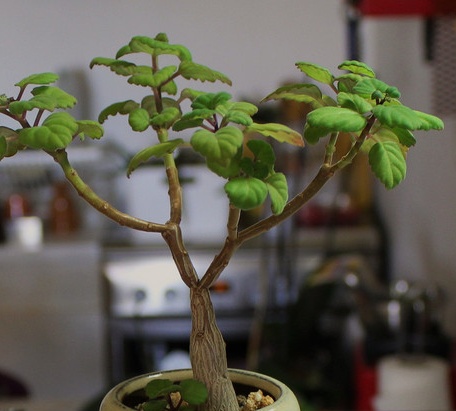
Top dressing is very important for a tropical flower, so you should make them regularly. During active growth (spring-summer), homemade mint is fed twice a month. You can use complex fertilizers or alternate mineral and organic fertilizing.
It is best to use liquid fertilizers that are applied only to moist soil after watering. In winter, top dressing is applied no more than once a month. They recommend fertilizing by dividing the dose indicated on the package in half.
Lighting and temperature
Plectranthus provide good lighting, but without direct scorching rays on its leaves.It is best to put a flowerpot in a room with bright diffused light, but the flower can grow in partial shade. In winter, the plant is transferred to the southern window, because a lack of lighting can adversely affect the foliage.
In the phase of active development, the room temperature should vary between 18-25 ° C. With the onset of winter, it is desirable to reduce this indicator to 12-16 ° C (in the absence of an additional light source). If the plant receives enough light, then it can be kept at ordinary room temperature.
Pruning
With the onset of spring, the owner of the flower bed needs to familiarize themselves with the pruning rules. This procedure is necessary for the flower to rejuvenate and form a beautiful bush. Peppermint grows pretty fast, so pruning should be regular.
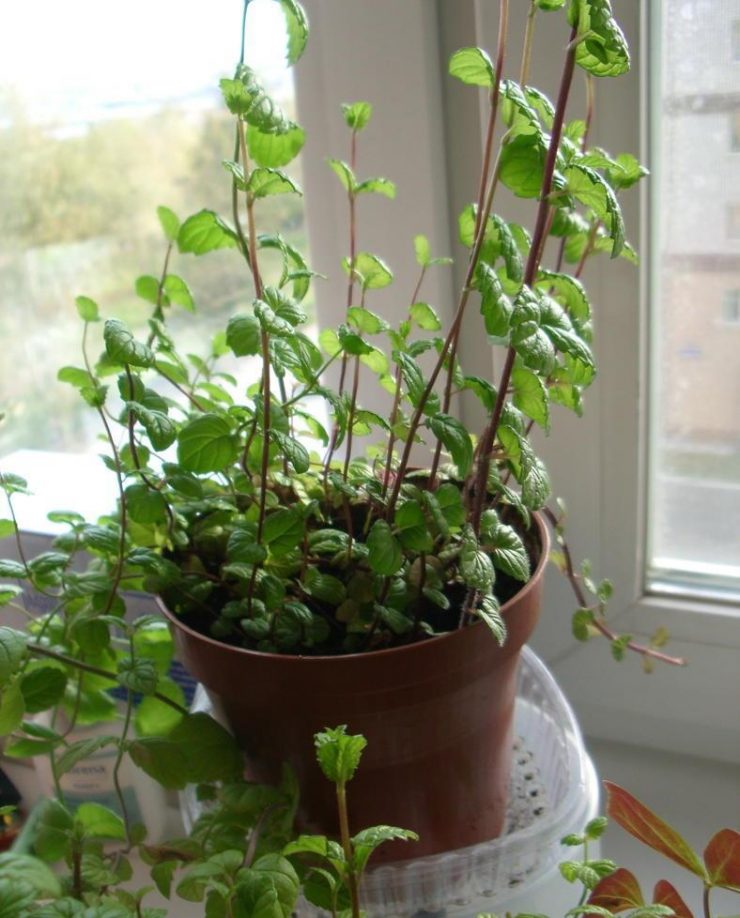
The stems are shortened by almost 1/2 of their length, after which the places of the cuts are treated with charcoal or activated carbon. Do not forget to use only clean tools (clippers or a knife). During the active growth of shoots, it is advised to pinch their tips, which contributes to good branching.
How to propagate and transplant plectrantus at home
A beginner grower should carefully read the rules for transplanting and breeding plectrantus, because the full development of a pet depends on this. It is important to choose the right mix, the right time for transplanting and breeding.
Propagation by cuttings
Mint is propagated in this way at any time of the year, but experienced growers are advised to do this during spring pruning. The procedure is carried out as follows:
- Healthy cuttings are cut, the length of which should be at least 7 cm, and a few lower leaves are removed.
- The cuttings are dipped in a special growth stimulator, for example, Kornevin, and placed in a moistened mixture of sand and peat.
- Tanks with plants are transferred to a warm place with diffused lighting.
- Rooting occurs within 2-3 weeks. At this time, it is important to maintain optimal humidity and regularly water the cuttings with a spray gun.
Cuttings can be rooted in water, but do not forget that you need to change the fluid every three days. Rooted plants are planted several pieces in small containers, the bottom of which is lined with a layer of expanded clay. The first feeding can be carried out only after 1.5 months.
Dividing the bush
Propagate the flower in this way during transplantation. The plant must be healthy, mature enough and bushy. The root system is divided in half so that each part has well-developed roots and stems. Delenki planted in separate flowerpots and for the first time a little shade. Watering after planting should be moderate, and the first few days watering and completely excluded. Further care is no different from care for adult plants.
Transplant Rules
Up to 3-4 years, indoor mint is transplanted annually, and an adult flower - every 3 years (subject to proper nutrition). The procedure is carried out in early spring, when only the growing season begins.
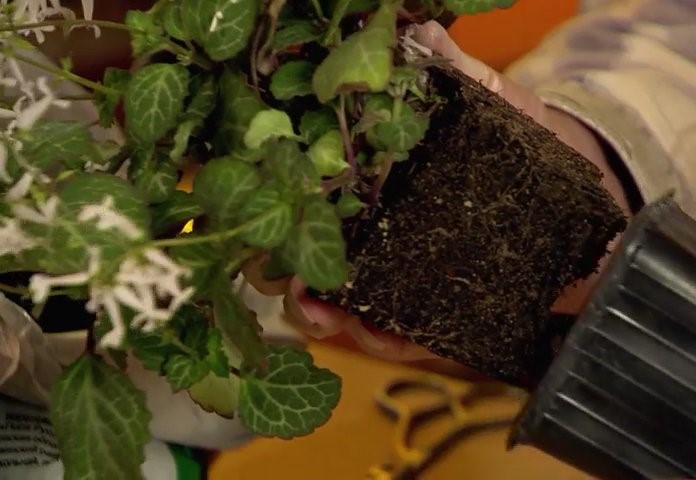
To begin with, the optimal soil composition is selected, the acidity of which should vary within pH 6. The mixture is composed of the following components:
- soddy soil;
- humus soil;
- sheet earth;
- sand.
The capacity for planting is selected deep, so that powerful roots fit into it. Expanded clay is most often taken as a drainage material, which fill the flowerpot by about a third.
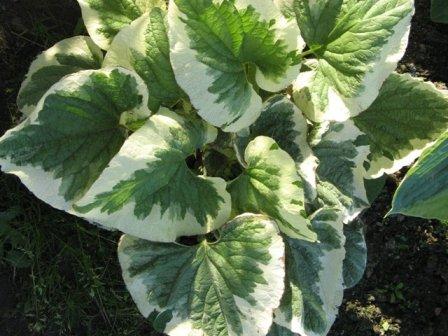 You may be interested in:
You may be interested in:Possible problems and diseases of a houseplant
With proper care, the flower rarely gets sick.Most often, the cause of the disease is improper watering, especially excessive. This contributes to the development of root rot, which is difficult to get rid of in case of untimely detection. A sick flower must be transplanted into new soil and carefully monitor the frequency and abundance of watering. With severe damage, the damaged parts are cut off, and the root system is treated with a fungicide.
Sometimes insects can live on the plant - aphids, scutes, spider mites. They most often settle on the inner side of the leaf, as a result of which the leaves lose their attractiveness, fade, turn yellow or curl. You can get rid of pests with a soap solution or a special insecticide. Do not forget that the aboveground part should be processed several times with interruptions of 4-6 days.
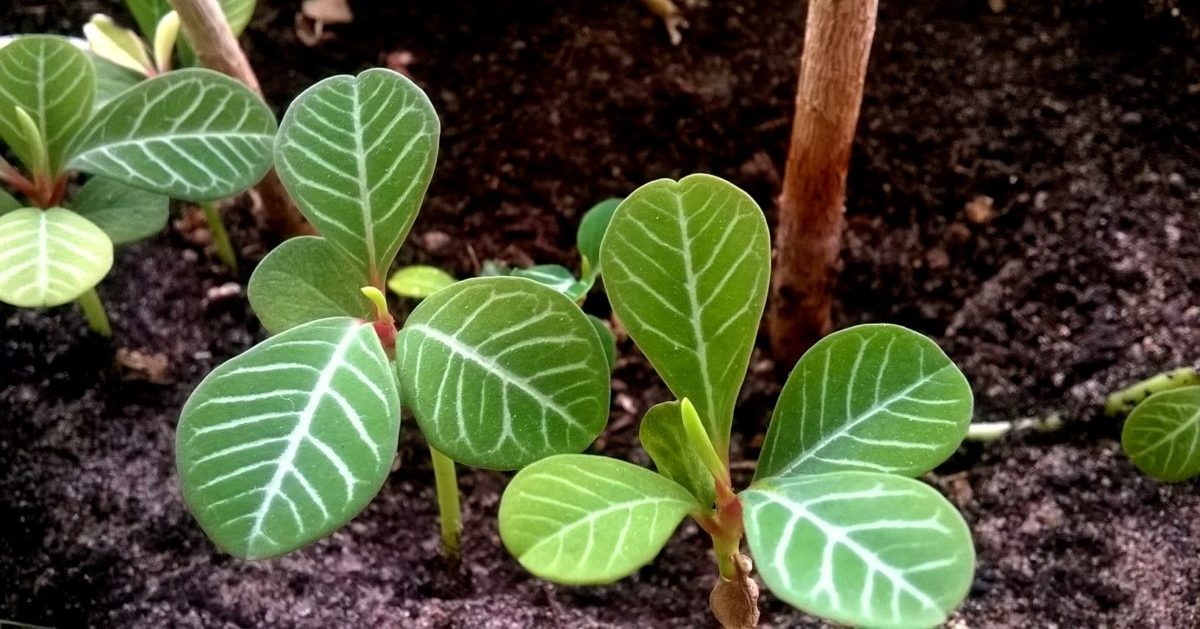 You may be interested in:
You may be interested in:Common flower growing questions
Plectranthus is not only an ornamental, but also a healing plant. Looking after it is quite simple, so even an inexperienced beginner can grow a flower.

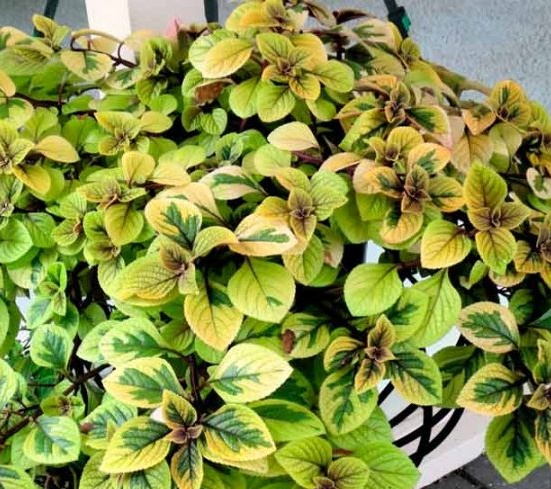
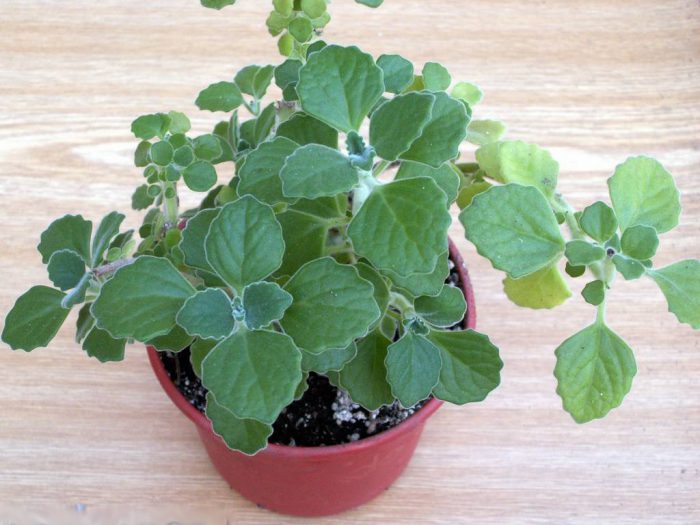
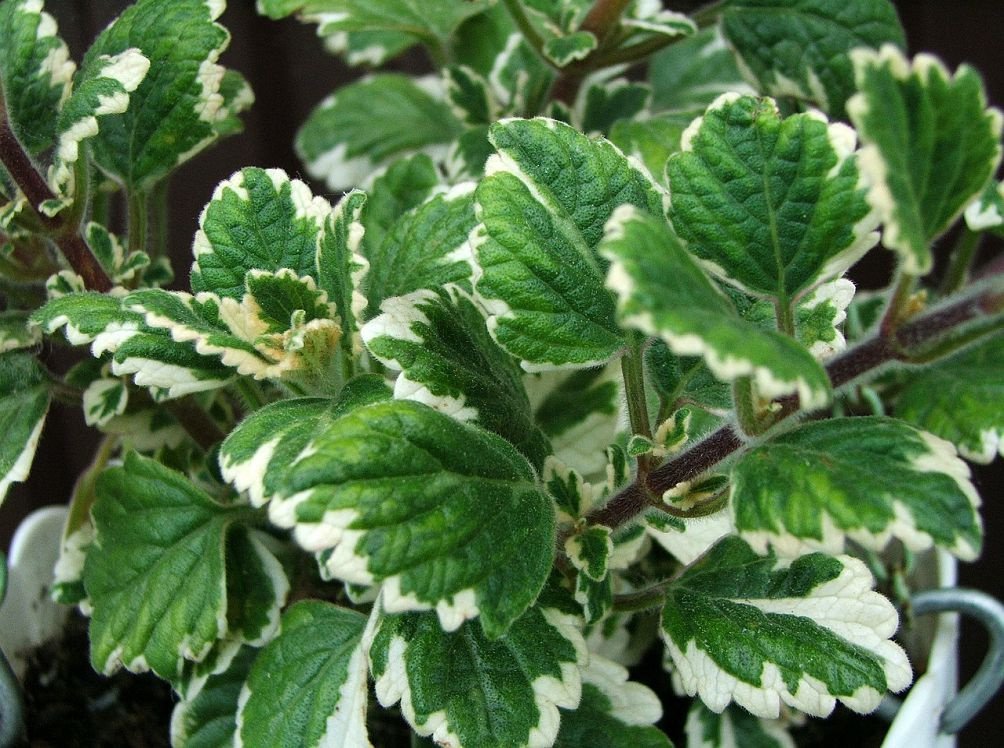



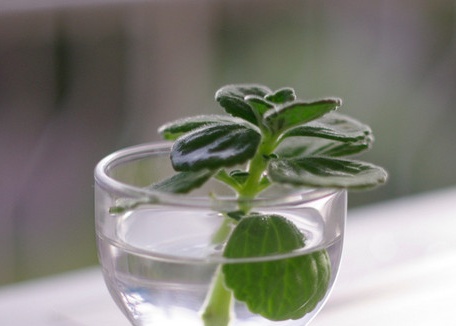
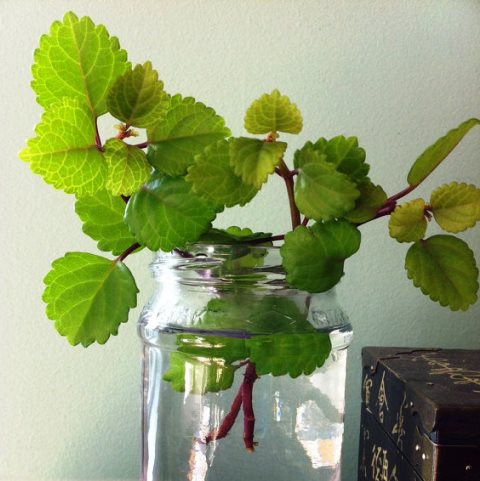
 Sow in the ground, without seedlings: 10 beautiful and unpretentious flowers
Sow in the ground, without seedlings: 10 beautiful and unpretentious flowers Platicodon planting and outdoor care
Platicodon planting and outdoor care Hosta - planting and care in the open ground in the Urals
Hosta - planting and care in the open ground in the Urals Oleander - care and growing at home
Oleander - care and growing at home